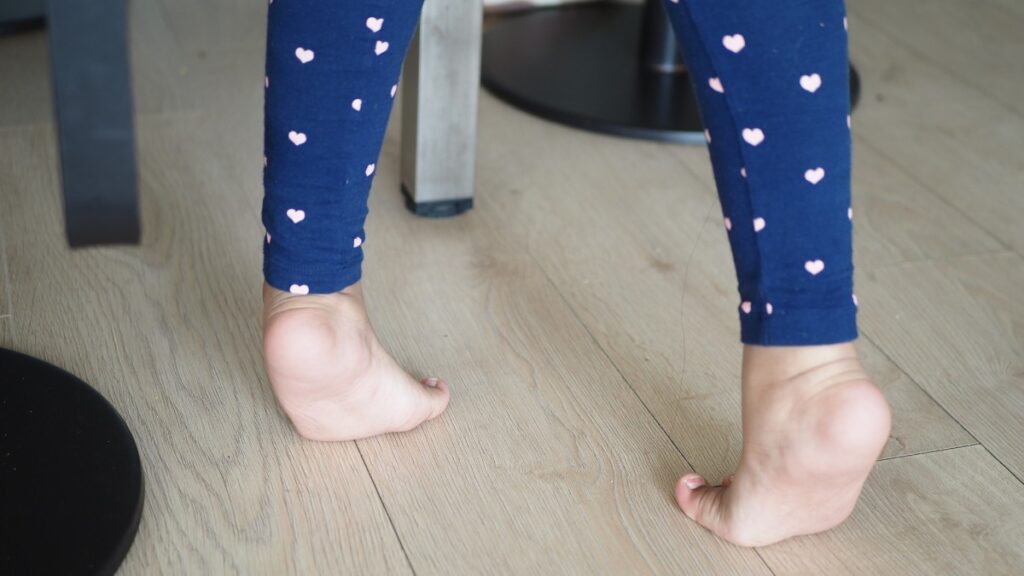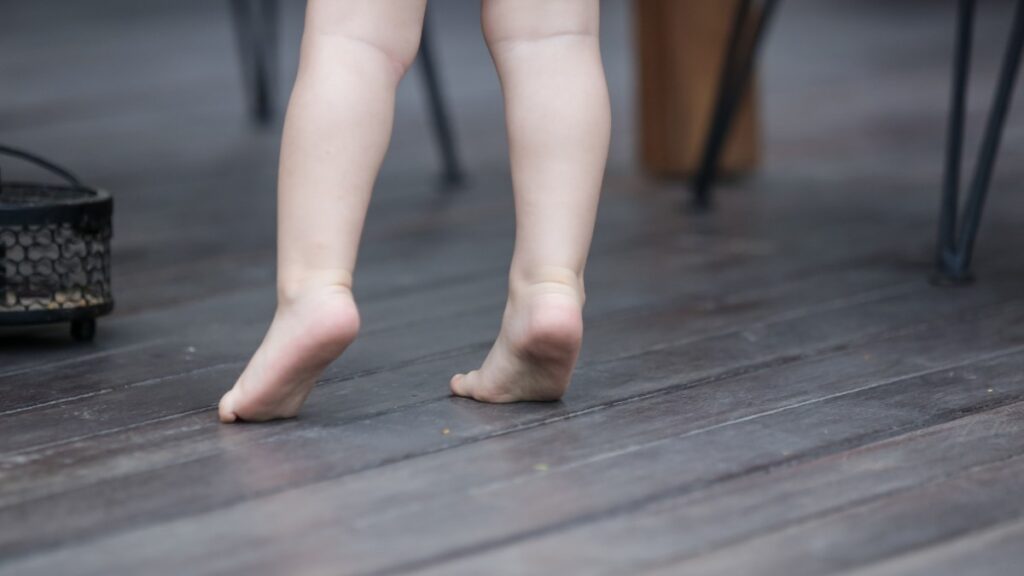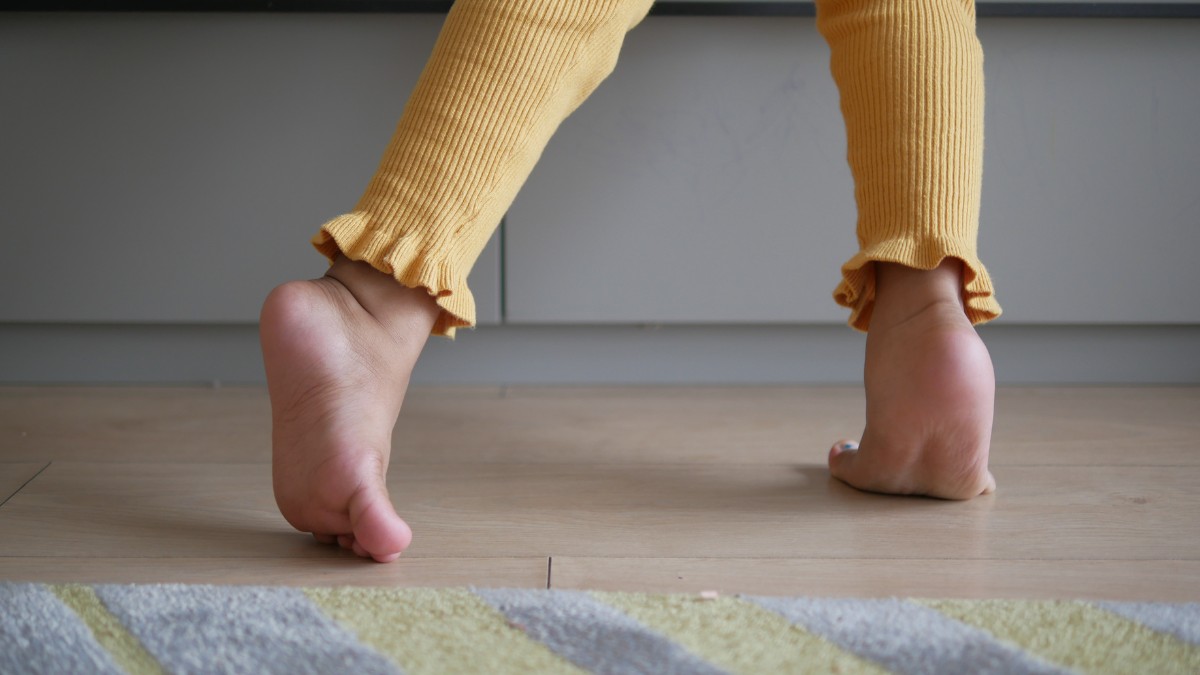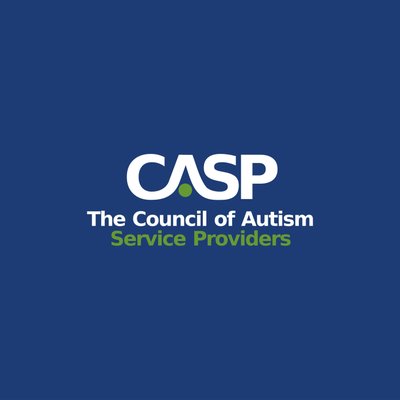Gait abnormalities, such as toe-walking, unsteady steps, or unusual posture, can be concerning for parents of children with autism. These movement differences often raise questions about what’s typical, what’s not, and whether they indicate a deeper issue.
Understanding the connection between autism and gait can help caregivers, educators, and healthcare professionals better support the child’s physical development and overall well-being.

Gait Analysis Findings in Autistic Children
Understanding the gait characteristics of autistic children is essential for identifying and addressing their unique needs. Gait analysis reveals significant differences in joint motion and overall patterns in these children.
Autistic children exhibit distinct alterations in ankle and knee joint motion when compared to typically developing peers. Key findings include a reduced range of motion at both the ankle and knee joints.
The decreased peak hip flexor and ankle plantar flexor moments suggest weakness around these joints. This is evidenced by a reduction in ground reaction forces during toe-off, indicating compromised propulsion.
Moreover, gait patterns in autistic children are notably different from those of healthy controls. In particular, they typically exhibit:
- Wider base of support
- Reduced stride length
- Increased time spent in the stance phase
- Increased variability in gait patterns
These alterations suggest an association with extensive neurobiological dysfunction. The variability in these patterns implies that autistic children may not improve their gait with visual cues or dual-tasking. This inconsistency aligns with the view of autism as a “disorder of complex information processing.”
These findings from gait analysis can provide insights into the challenges faced by children with autism, enabling parents, caregivers, and professionals to offer better support and interventions tailored to their specific needs.
Gait Characteristics in Autistic Children
Autistic children typically display specific gait characteristics that distinguish them from their typically developing peers. These characteristics include:
- Reduced Stride Length: Autistic children often take shorter steps, which can affect their overall walking speed and efficiency.
- Increased Step Width: A wider base of support is commonly seen in children with autism, which may augment their stability while walking.
- Increased Time in Stance Phase: These individuals tend to spend more time with their foot in contact with the ground, which can contribute to altered movement patterns.
Neurobiological factors also play a significant role in the gait abnormalities observed in children with autism. Research indicates that there is notable involvement of specific parts of the brain, including the cerebellum and the frontostriatal basal ganglia circuitry. These regions are crucial for motor control and coordination.
Several key findings related to neurobiological dysfunction include the following:
- At ground contact, autistic children exhibit reduced dorsiflexion of the ankle joint, which can hinder their ability to push off effectively while walking.
- During toe-off, there is also a decrease in plantar flexion, impacting the forward propulsion of their gait.
- The limitations in ankle joint movement signify a broader issue with mobility and flexibility in children with autism.
These motor deficits highlight the complexity of gait deviations and point towards a need for targeted interventions to improve mobility for children facing these challenges.
Technological Advances in Gait Analysis
Fortunately, advancements in technology have significantly improved the understanding and analysis of gait abnormalities in kids with autism. Utilizing innovative methods such as pose estimation and machine learning classification has provided new insights into the unique gait characteristics of children with autism.
Pose Estimation Method by MediaPipe (MP)
The pose estimation method developed by MediaPipe (MP) employs a single RGB camera to analyze gait. This technique allows researchers to collect data on various gait parameters efficiently, enabling the identification of specific abnormalities in children with autism.
Gait analysis using MediaPipe has revealed that autistic children exhibited significantly reduced step length, a decrease in right elbow degrees, and an increase in right shoulder degrees when compared to typically developing children.
These findings demonstrate how technological advancements in pose estimation provide valuable information regarding the biomechanics of gait in children with autism.
Machine Learning Classification
Machine learning (ML) algorithms are transforming the ability to classify and differentiate between autistic children and those who develop typically based on gait patterns. By leveraging statistically significant gait parameters, researchers can use these algorithms to gain deeper insights into motor deficits associated with autism.
The binomial logistic regression (Logit) model has been found to be especially effective in this context. In studies, it achieved an impressive accuracy of 0.82 in distinguishing between children with autism and typically developing children using collected gait data.
This approach not only enhances diagnostic capabilities but also allows for tailored interventions by providing a clearer understanding of how gait abnormalities manifest in children with autism.
As technology continues to advance, the integration of machine learning within gait analysis holds the potential to improve support strategies for autistic children and their families.

Correlation with Sensory Symptoms
Understanding the relationship between gait abnormalities and sensory symptoms in children with autism is crucial for implementing effective support strategies.
The Indian Scale for Assessment of Autism (ISAA) includes a subscale that evaluates sensory aspects related to autistic children.
According to research, a significant positive correlation exists between the right shoulder kinematic angle and this sensory aspects subscale. This correlation suggests that as the right shoulder angle changes during movement, there is an increase in sensory symptoms experienced by children with autism.
The findings emphasize the importance of monitoring these specific kinematic angles to better understand how sensory sensitivities manifest in movement practices for children with autism.
The relationship between gait abnormalities and sensory symptoms indicates challenges in sensory-motor integration among autistic children. Poor sensory-motor integration can lead to inefficient locomotion, thereby affecting overall mobility and coordination.
Children may exhibit unusual walking patterns or struggle to adjust their movements according to sensory inputs from their environment.
This integration issue can hinder daily activities, impacting the child’s ability to engage in sports, play, or other physical activities. Parents and caregivers should be aware of such correlations to tailor interventions that specifically address both gait and sensory processing issues.
Addressing these challenges through targeted exercises and therapies can help improve both sensory regulation and gait functionality, leading to better overall outcomes for children with autism.

Conclusion
Gait abnormalities in autistic children, such as reduced stride length, wider steps, and altered joint movement, reflect deeper neurobiological and sensory-motor challenges. Understanding these patterns through modern gait analysis and technology like pose estimation and machine learning gives us powerful tools to recognize and address these unique needs.
Ultimately, recognizing and responding to these gait differences can help children with autism move more comfortably and confidently through the world around them.
At Golden Care Therapy, we provide high-quality, personalized ABA therapy that supports every child’s unique developmental needs. Our experienced therapists work closely with families to create effective, compassionate treatment plans.
We proudly offer ABA therapy in Florida, New Jersey, Indiana, New York, and Georgia. If you’re ready to take the next step in supporting your child’s journey, contact us today so we can help.
Sources:
https://pmc.ncbi.nlm.nih.gov/articles/PMC4398922
https://www.sciencedirect.com/science/article/pii/S2666337623000793



